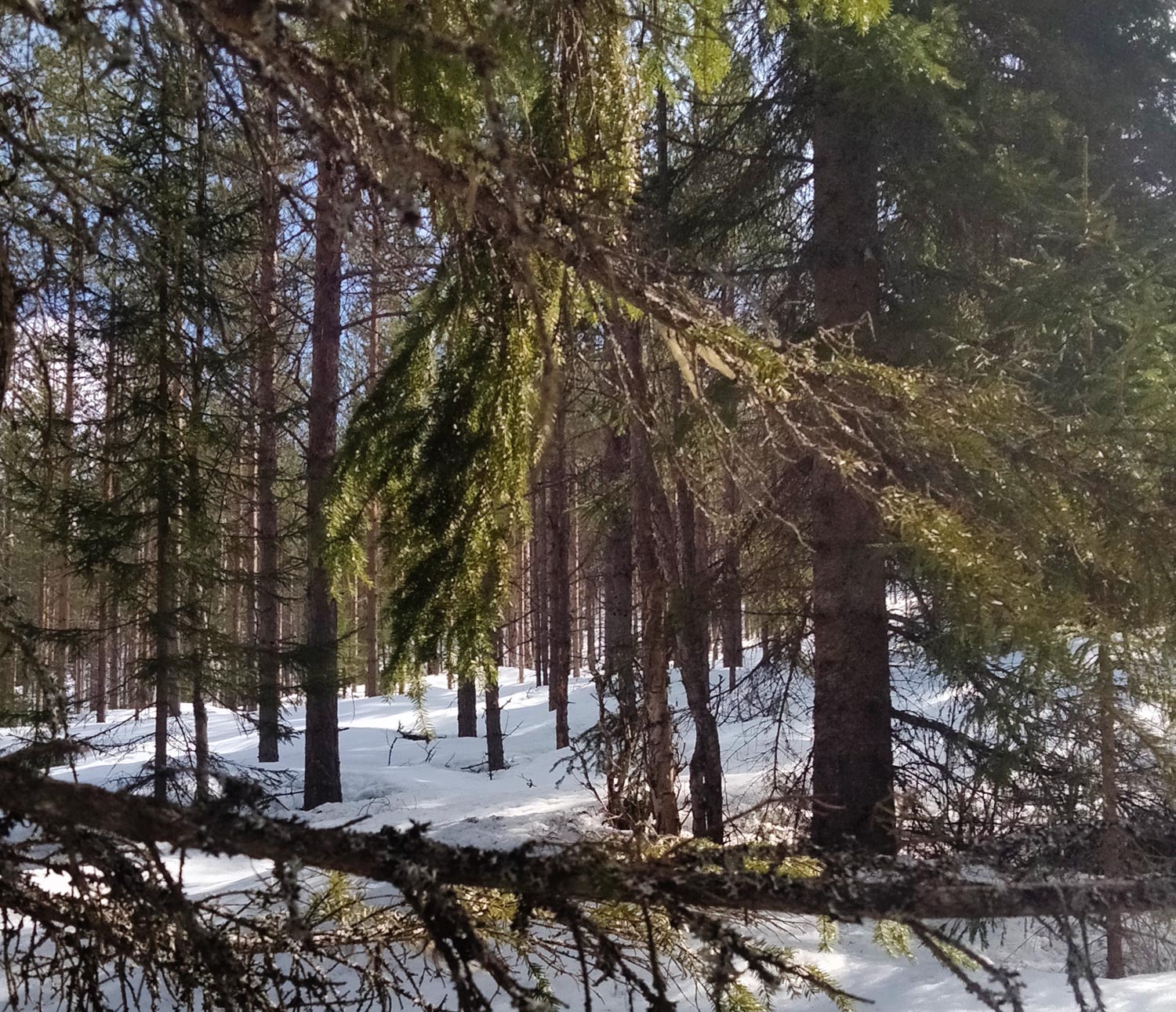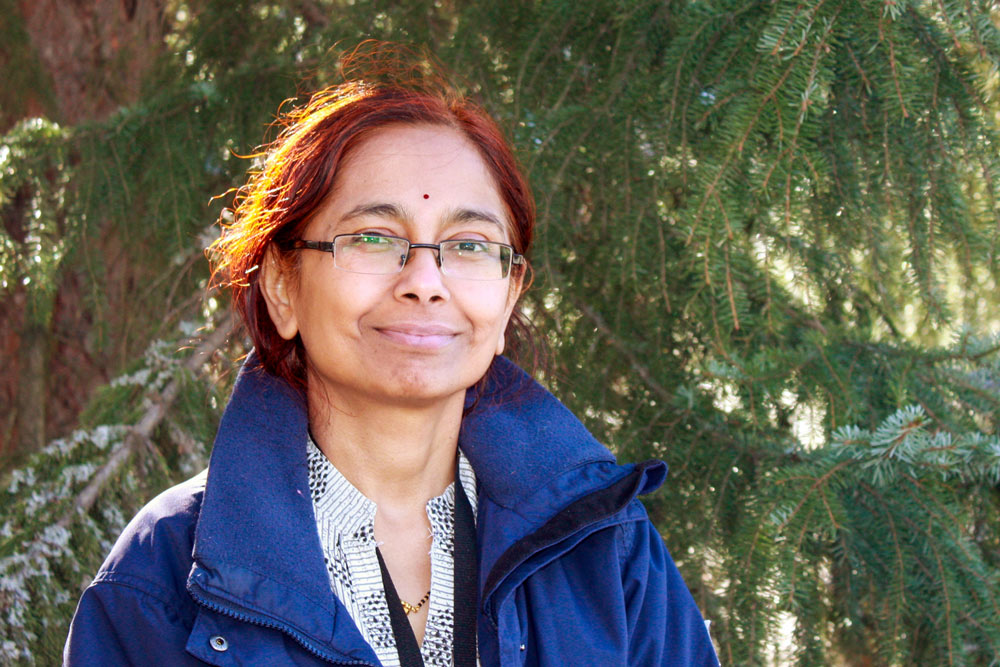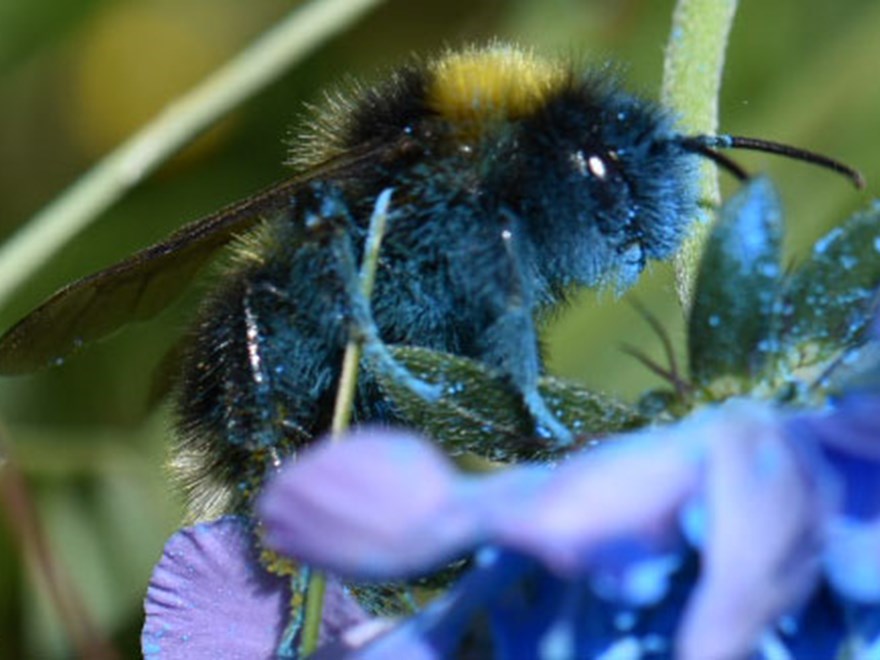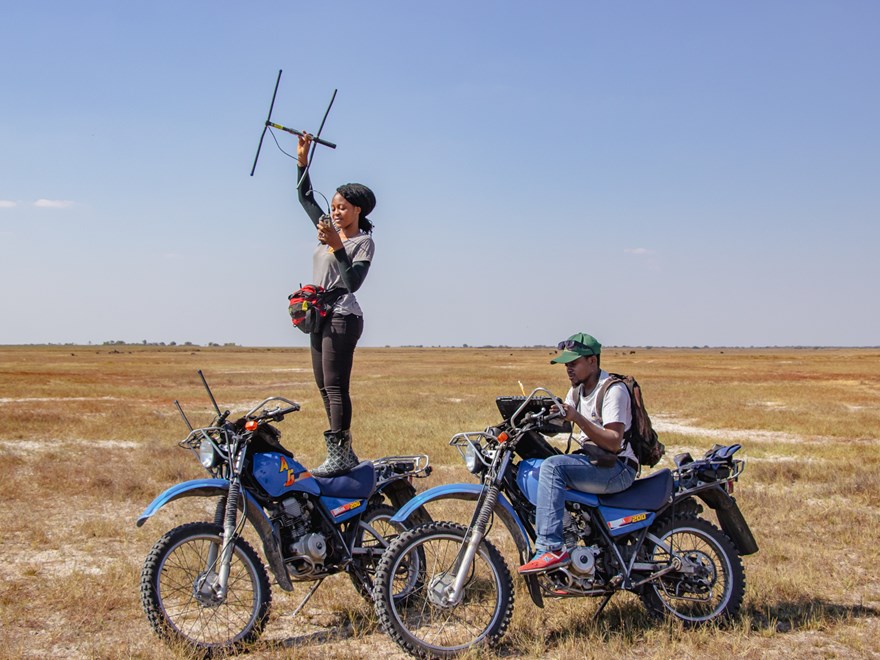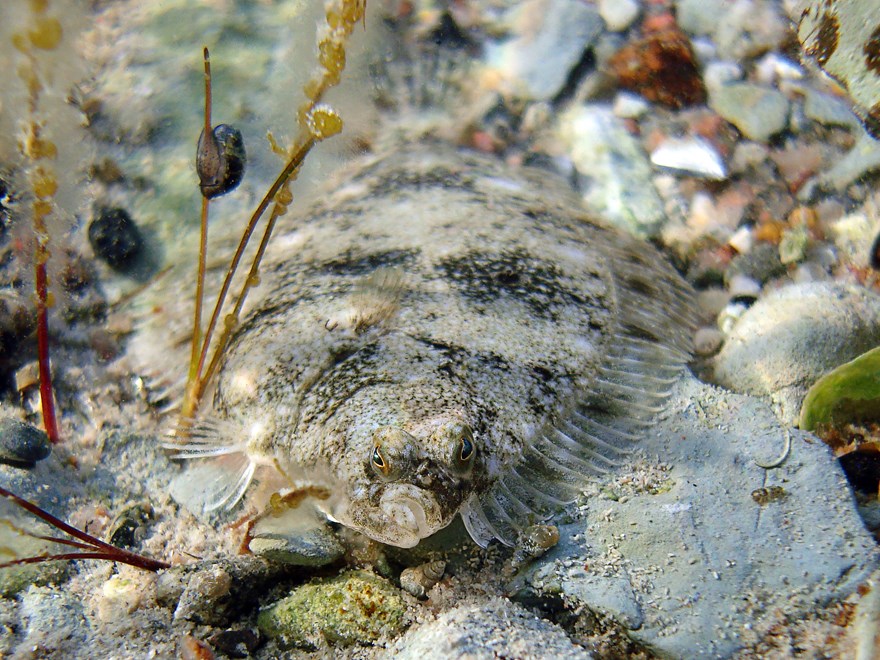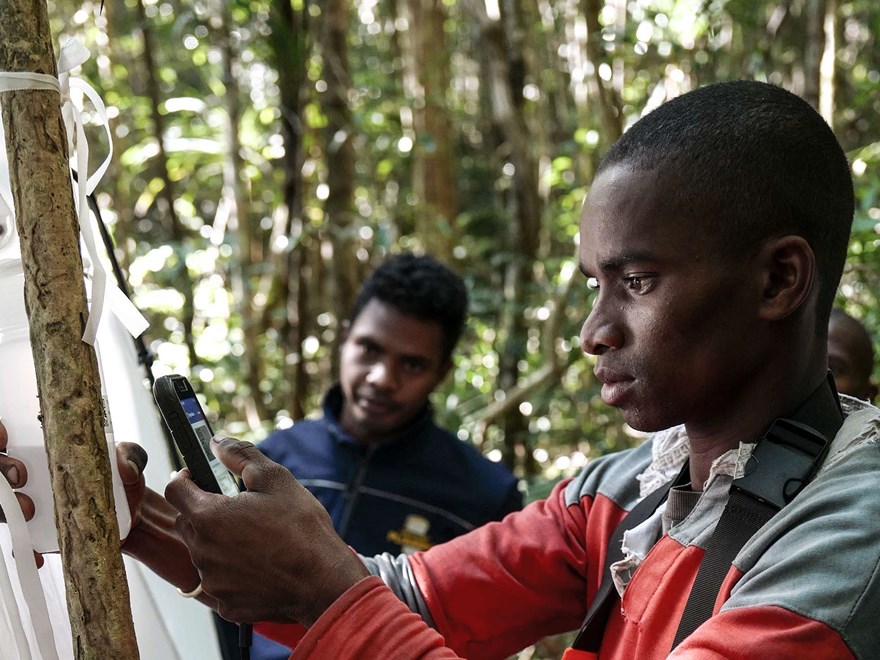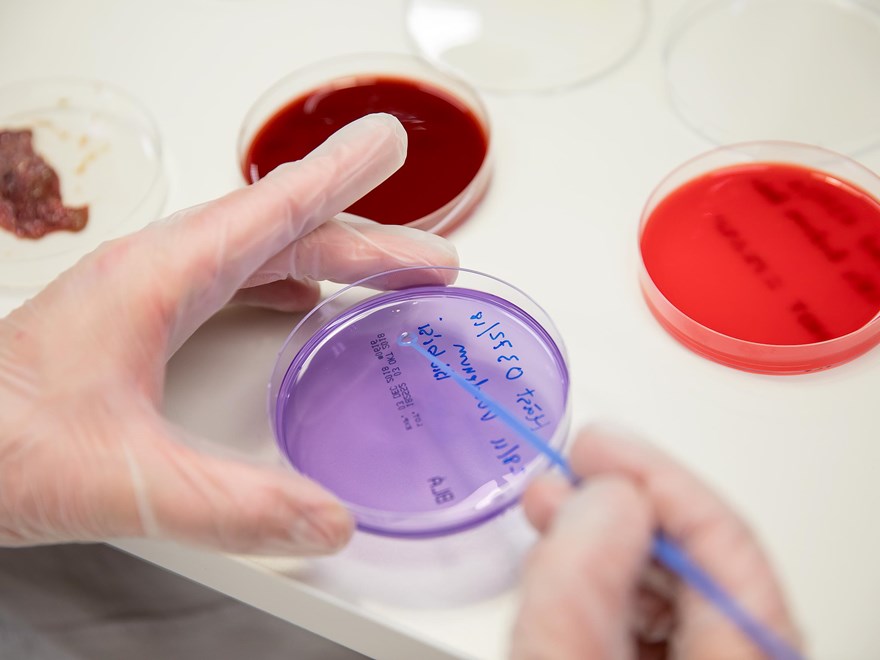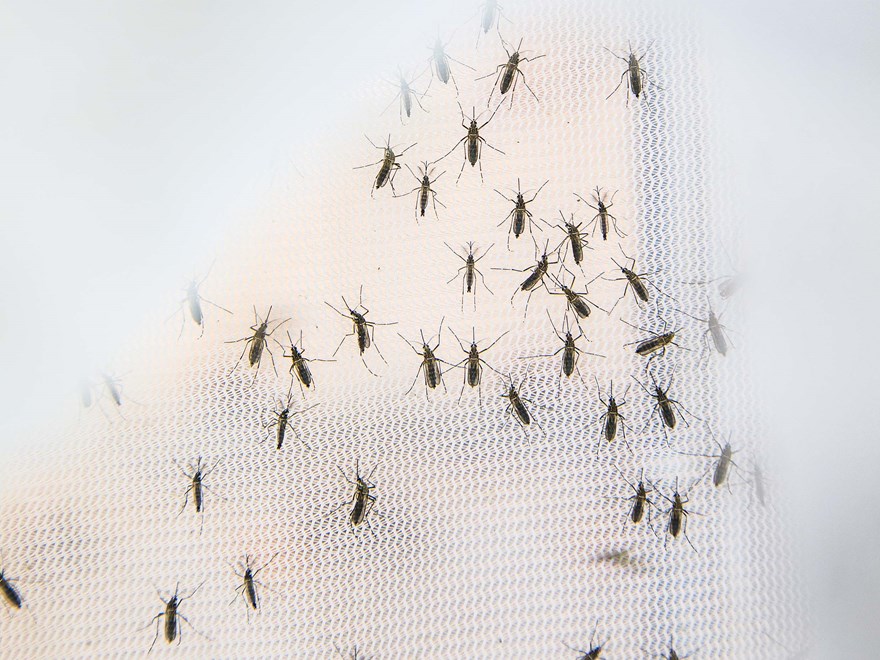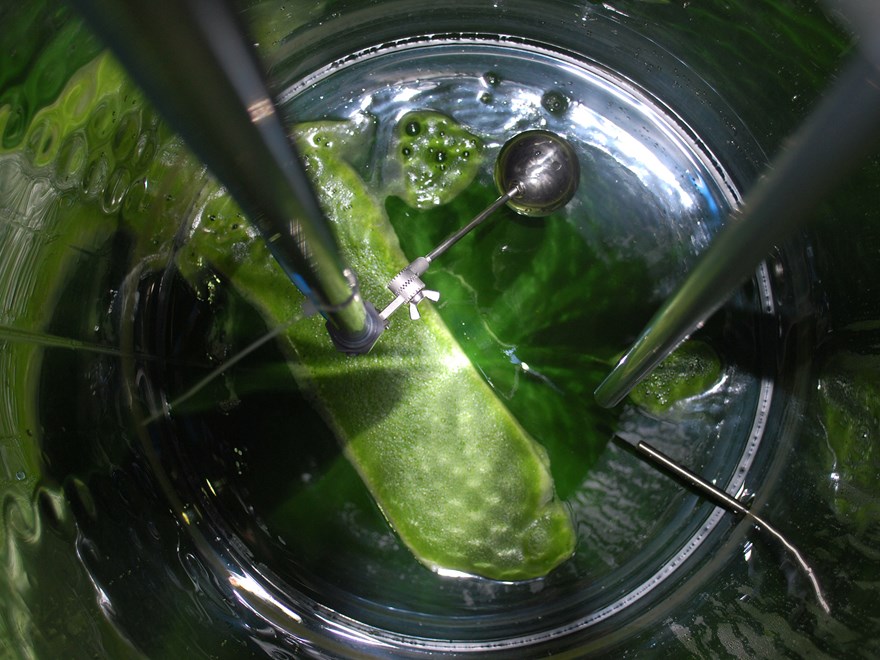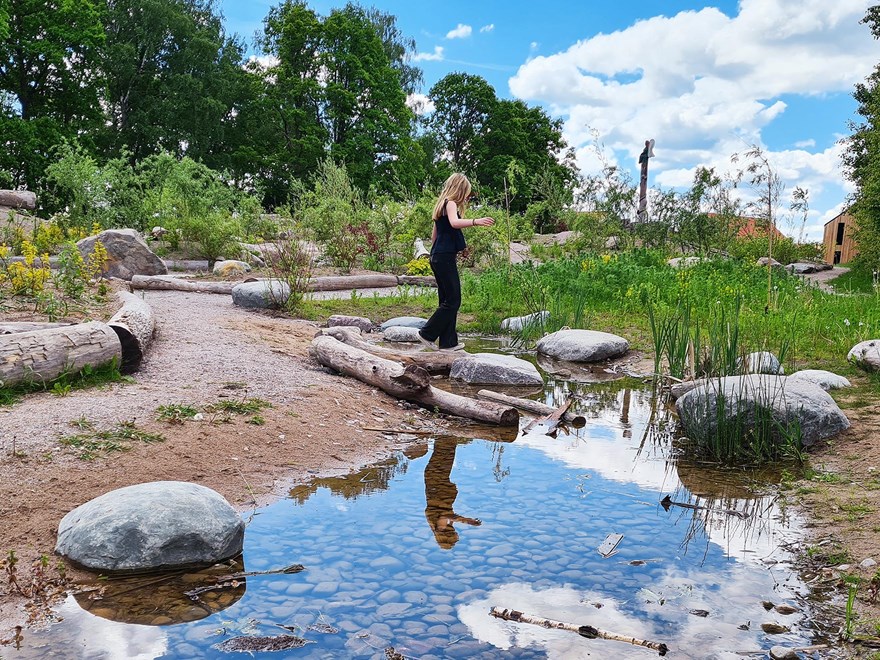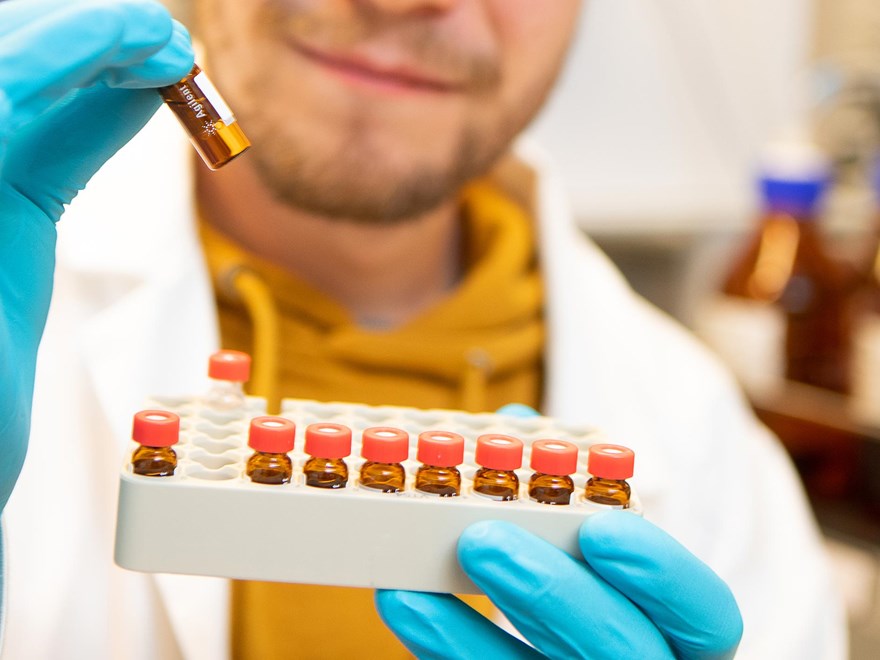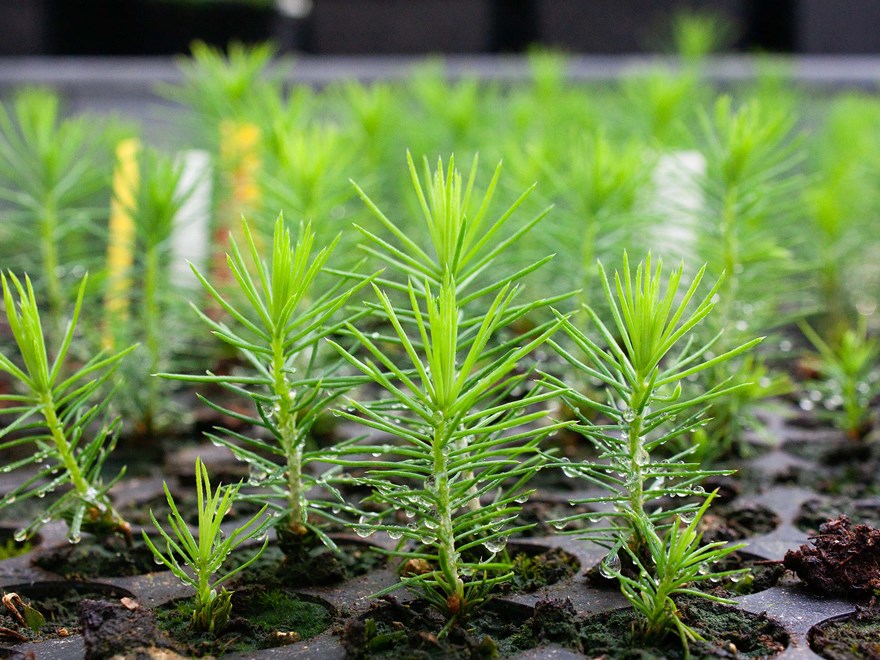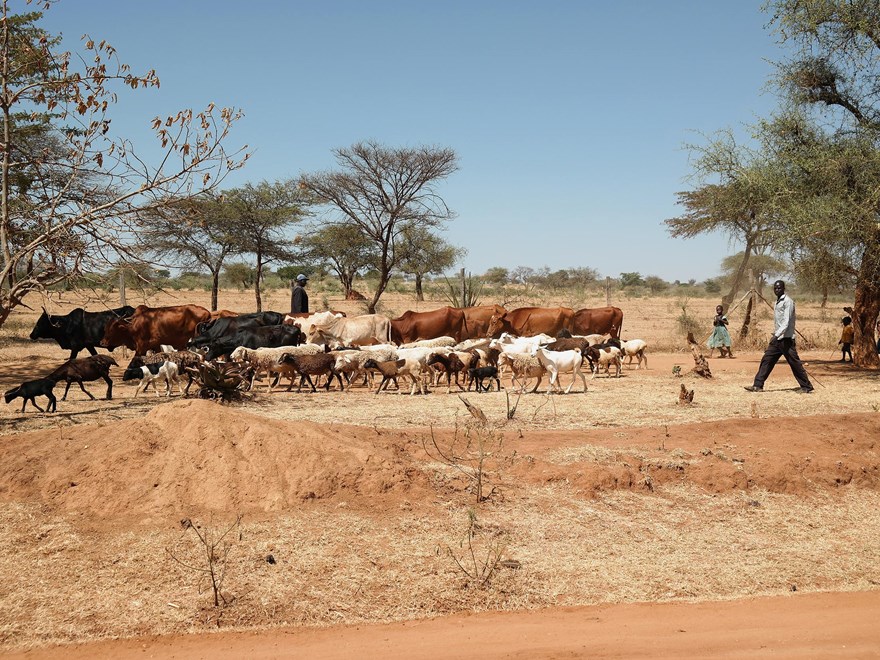Background information
The Landscape Breeding research team comprises experts in tree breeding and genetics, forest pathology and in remote sensing technologies. It is coordinated by SLU in close collaboration with Skogforsk, the Forestry Research Institute of Sweden, and RISE, Sweden’s research institute and innovation partner. The goal is to make fast and accurate predictions about the Norway spruce trees that are likely to perform best under certain environmental conditions. The project is funded by the Swedish Foundation for Strategic Research.
How is remote sensing technology used in the Landscape Breeding project?
As part of the Landscape Breeding project, drones equipped with multispectral cameras photograph the trees from above. They detect different light wavelengths and the resulting image displays this in different colours. If a tree is stressed through frost damage or infection, it sends out more red light that has a long wavelength. This enables the researcher to assess the health of the tree.
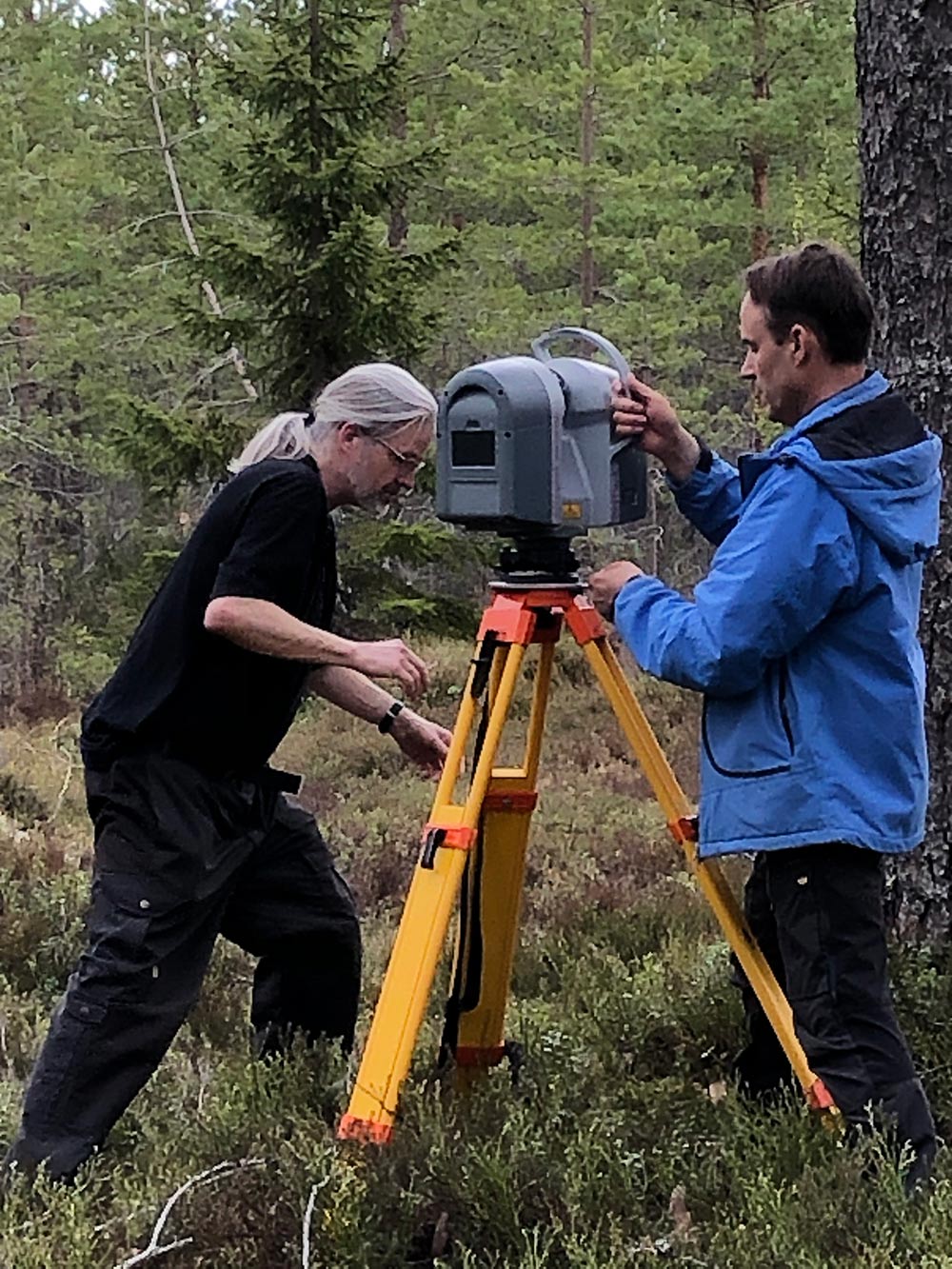
Keneth Olofsson (left) and Johan Holmgren (right) are setting up a LiDAR system in the forest. Photo: María Rosario García-Gil
At the same time, the researchers will be taking pictures of the ground pictures using light detection and ranging, LiDAR, technology. A laser emits light pulses into its surroundings and a sensor measures the time it takes the light to reflect back from the surface it touches. The LiDAR system stands on a tripod and measures the area in a radius of ten to fifteen meters. Each light pulse that returns to the sensor forms one point on the final image. Researchers are then able to extract information such as a tree’s stem volume and the shape of its branches from the resulting 3-D images.
How can “Landscape Breeding” speed up the breeding process?
In conventional breeding, breeders look for trees with desirable properties such as good growth or wood quality. They mate a promising female tree with an interesting male, wait for the seeds and see how the developing offspring performs. All this takes at least 25 years as this is the time it takes until the Norway spruce starts to flower. Modern tree breeding involves DNA analyses to check if genes that determine certain properties are passed on to the next generation. It is possible to do this as early as in the seedling stage, enabling breeders to estimate the quality of the offspring much earlier than in conventional breeding.



